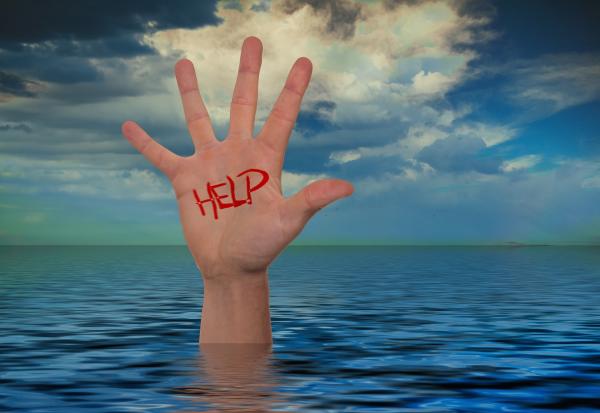A public health emergency (PHE) is declared when
“…a severe disease or disorder has become, or threatens to become, a significant threat to citizens.”
It is a qualitative judgment; it doesn’t require numbers, although consultation with public health officials might provide some quantification of the threat. That is why Monkeypox was declared a PHE when there were roughly 7,100 cases and COVID-19 declared a PHE in January 2020, when there were only six cases in the US. This declaration by the secretary of health and human services opens up a variety of new funding and management options, allowing them to:
- Make grants, enter contracts, and investigate the “cause, treatment, or prevention of the disease or disorder.”
- Provide supplies, equipment, services and “loan out” HHS employees to aid in this work
- Fund work to facilitate coordination among federal, state, local, tribal, and healthcare “entities.”
- Waive sanctions related to data and report submission by hospitals and healthcare providers
- Allow physicians with out-of-state licenses to temporarily practice in the disaster area – providing a trained “labor force” to meet unexpected demand
A PHE remains in effect for 90-days, or less if the secretary rescinds the declaration. To continue for more extended periods, such as that associated with COVID-19, the secretary must continuously “extend” the period for an additional 90 days.
A PHE is not necessary
- To deploy the National Medical Disaster System – trained teams of professionals that provide healthcare, information services, and even mortuary services as part of disaster relief.
- To access the supplies within the Strategic National Stockpile
- To approve Emergency Use Authorization for unapproved medications or the “unapproved use” of approved drugs. A PHE does not confer immunity from liability for those medications. That must be a separate “declaration."
Finally, a presidential declaration of a major disaster or emergency opens up many of the same funding channels as a PHE, but a state request initiates these declarations. A PHE is a separate legal declaration that may or may not be necessary.
A public health emergency indicates that a threat exists; it cannot be based on the possibility of a threat. But it doesn’t mean flashing lights, sirens, or a healthcare system crumbling under the weight of unanticipated demand. It is a legal means to open the financial spigot and cut the bureaucratic red tape to act urgently on behalf of the citizens.
[1] US Department of Health and Human Services Public Health Emergencies
Source: Public Health Emergency Declaration Q&As US Department of Health and Human Services




